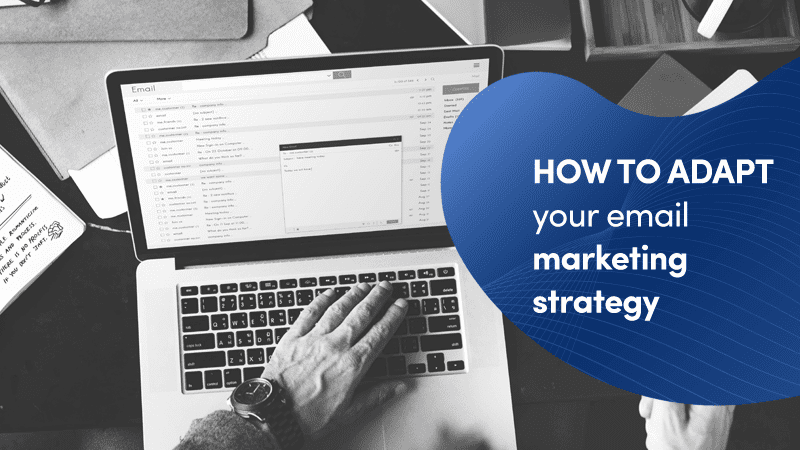
The feared iOS 15 has made tracking on emails opened by Apple Mail users null and void, making the open rate less accurate. Apple's Mail Privacy Protection feature enables users to mask IP addresses and prevent third parties from tracking email opens or other IP data.
What is Apple’s Mail Privacy Protection?
In Apple’s own words, “Mail Privacy Protection hides your IP address, so senders can’t link it to your other online activity or determine your location. And it prevents senders from seeing if and when you’ve opened their email.”
It affects every email opened from the Apple Mail app on any device, regardless of whether the email service is Gmail or a business account. But this does not affect other email apps used on Apple devices, such as the Gmail app on an iPhone.
This option is not enabled by default. People will have to make an active decision to protect their mail activity. Whatever option is selected is then automatically synced to all devices with the same Apple ID.
What impact will Apple's Mail Privacy Protection have on email marketers?
Clearly, this affects the open rate. Tracking email openings, on the other hand, helps us to see if our subject lines are engaging with our audience. So, A/B testing the subject lines based on opens to identify the winner will no longer be possible. We’ll also lose send time optimization. Most crucially, automated flows and journeys that rely on someone opening an email would have to be adjusted.

How to adapt your email marketing strategy to the new privacy protection feature
First of all, we must not despair. We are resilient creatures, we've survived GDPR! Now, let’s make a 3-step action plan:
- Evaluate current data. You want to understand the possible impact of this move on the business. Analyze the proportion of our database that has Apple Mail clients in use and document email benchmarks. Also, determine what subject lines have a positive impact on open rates. Keep this information in mind for your future email campaigns.
- Forget about the open rate. Turn your attention to more stable indicators such as clicks, click rate (clicks / delivered emails), and conversion rate.
- Use behavioral segmentation. For example, create automation workflows not based on how your customers interacted with your welcome email but rather how they have interacted with our product since receiving the welcome email.
The shift is difficult, but if we take a more strategic approach to email or any other digital channel, we'll be ready for the next major change and notice it coming before our competitors.



.png?width=265&name=jos%20(1).png)

